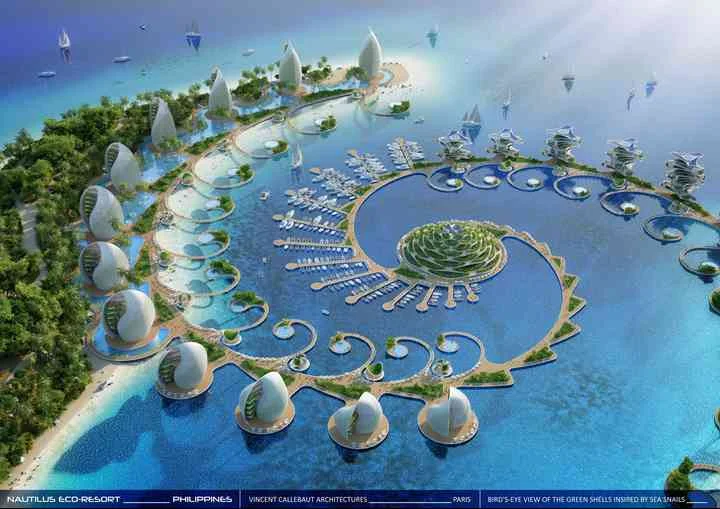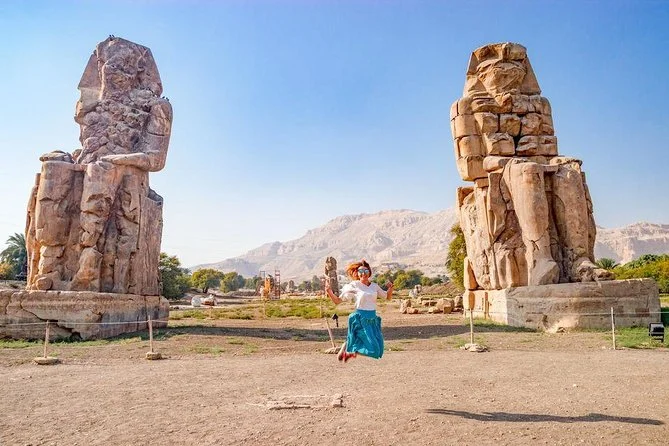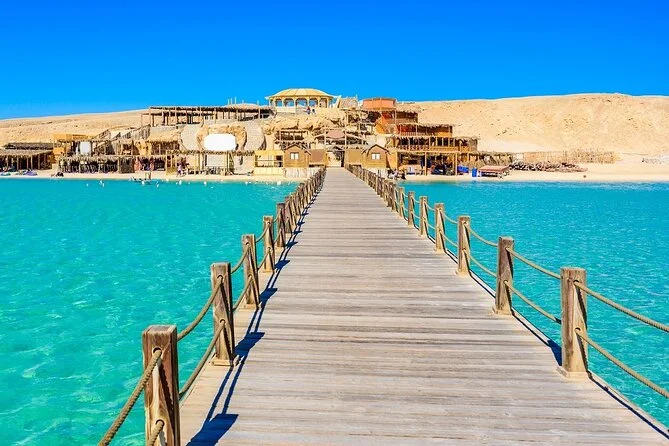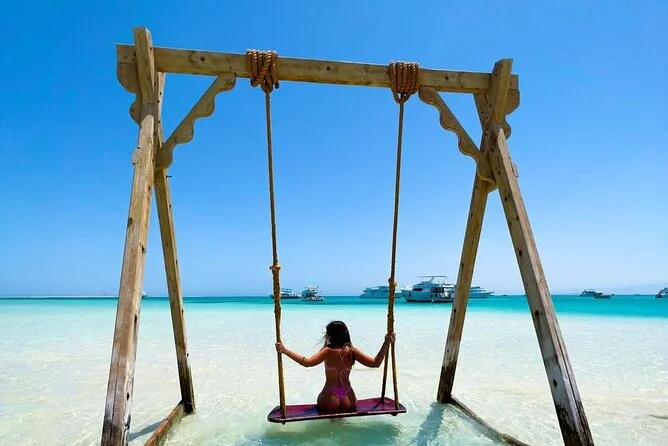Marsa Alam 2026: Eco-Resorts & Marine Conservation
Quick Summary (TL;DR): Marsa Alam is Egypt’s most practical base for eco-resorts and hands-on marine conservation in 2026, with seagrass bays, protected reefs, and responsible operators making impact-focused trips easy to plan.
At first light the sea is glassy, the color of cobalt ink. A green turtle rises beside the seagrass beds at Abu Dabbab, its carapace brushed by golden rays; a ranger’s whistle carries faintly over the bay as snorkel groups practice a calm, hands-off approach. During our March 2025 visit, early boats rolled out from Port Ghalib at 7:45 AM, briefing guests on buoyancy control before anyone touched the water—a subtle shift, but one you feel in how quietly the day begins.
The Red Sea’s southern coast has matured fast. Post-2024, local operators report more fixed mooring buoys on popular reefs, resorts expanding solar arrays, and small-group limits at dolphin sites. As of 2026, travelers increasingly ask for low-impact stays and citizen science add‑ons, while conditions continue to reward patience: winter water hovers near 22–24°C, rising to 28–30°C by late summer, with inshore bays offering reliable shore entries for beginners.
What Makes Marsa Alam Special in 2026
Marsa Alam’s appeal lies in easy access to big marine moments without long transfers. Seagrass meadows in broad bays draw grazing green turtles and, occasionally, dugong—best watched from the edge of the meadow, letting them approach rather than chasing. Offshore, fringing and patch reefs bloom with hard and soft corals; according to dive instructors, morning visibility often exceeds 25–30 meters in settled conditions. Abu Dabbab sits roughly 30–35 km north of Marsa Alam town, while Sataya (Dolphin Reef) is typically a 1.5–2 hour boat ride from Hamata quay, making day trips feasible alongside relaxed resort time. The combination—shore-access snorkeling, manageable boat days, and active conservation briefings—gives 2026 travelers a clear path to “see more, impact less.”
Top Things to Do in Marsa Alam
- Snorkel Abu Dabbab Bay: Glide over seagrass and sandy patches where turtles forage; stay outside the 5–10 meter approach bubble to reduce stress to wildlife. See details in our guide to Abu Dabbab Bay.
- Join a Sataya Reef dolphin etiquette trip: Small-group departures emphasize surface observation and drift-snorkel protocols around spinner dolphins. Read more about Sataya Reef.
- Explore Wadi El Gemal’s land–sea interface: Walk mangrove edges and bird-rich wadis, then snorkel fringing reef from sheltered coves inside the protectorate; see our overview of Wadi El Gemal National Park.
Where to Stay in Marsa Alam (2026 Guide)
For families, Port Ghalib—10–15 minutes from Marsa Alam International Airport (RMF)—offers calm marinas, paved promenades, and quick access to house reefs. Couples and photographers favor the Abu Dabbab strip for dawn turtle swims and quieter evenings. North along the coast, El Quseir suits heritage-minded travelers and experienced divers who like shore dives from historical bays and wind-sheltered inlets. South of the airport, eco-lodges near Wadi El Gemal appeal to conservation-focused guests comfortable with simple comforts, starry skies, and longer drives to boat jetties. Many resorts provide ramp access and sandy entries; confirm lift availability and pool hoists in advance if mobility is a priority.
Best Time to Visit Marsa Alam
January–March: Air 20–24°C, water ~22–23°C; breezier with occasional chop—good visibility, lighter crowds, value pricing. April–May: Air 26–32°C, water 24–26°C; calmer seas, rising demand and prices around holidays. June–August: Air 34–40°C, water 28–30°C; hottest period—early outings recommended, moderate crowds outside peak weeks. September–October: Air 28–34°C, water 28–29°C; prime balance of warmth and visibility, higher occupancy. November–December: Air 22–27°C, water 24–25°C; cooler evenings, fair deals, steady marine life.
Getting There and Around
Marsa Alam International Airport (RMF) receives direct flights from Cairo and several European hubs in season. Transfer times: RMF–Port Ghalib 10 km (15–20 minutes), RMF–Abu Dabbab 30–35 km (30–40 minutes), RMF–Wadi El Gemal sector 60–120 minutes depending on lodge. Hotels arrange shuttles; private cars are the most flexible for dawn departures. Boat trips to Sataya typically stage from Hamata, with buses or vans running 90–120 minutes each way. For tours, filter small-group, conservation‑briefed options via snorkeling and diving experiences.
Sustainable Travel Tips
Use mineral, non‑nano sunscreen and wear long‑sleeve rash guards to cut chemical load on corals. Keep fins off the bottom; maintain 1–2 meters’ clearance above reef crests. Follow “quiet observation” near turtles and dolphins—no chasing, no flash, limit time to posted guidelines. Choose operators using fixed moorings, briefings, and capped group sizes. Bring a refillable bottle; many resorts now operate filtered water stations. Conserve freshwater during short desert showers. In town, dress modestly, ask before photographing people, and buy locally caught seafood from verified sustainable lists when offered.
Frequently Asked Questions
How many days do you need in Marsa Alam?
Plan 4–5 days to balance shore snorkeling, one offshore day (e.g., Sataya), and a half‑day in Wadi El Gemal. This pacing builds rest into early starts and increases your odds of good visibility windows.
Is Marsa Alam good for families or first-time snorkelers?
Yes. Gentle‑entry bays like Abu Dabbab suit beginners, with sandy entries and easy surface swims along seagrass edges. Many resorts offer life vests and short induction sessions; request small-group guides for kids and nervous swimmers.
What's the best month to visit Marsa Alam?
October usually balances warm water (~28–29°C), lighter winds, and clear skies, with steady—though not peak—crowds. April–May offers similar stability with cooler evenings; winter suits value seekers who don’t mind breezes.
Conservation travel works when calm choices stack up: early boats, good buoyancy, and operators who teach before they tow. For more Red Sea context and alternative bases with lively marinas and family facilities, see our guide to Hurghada.



